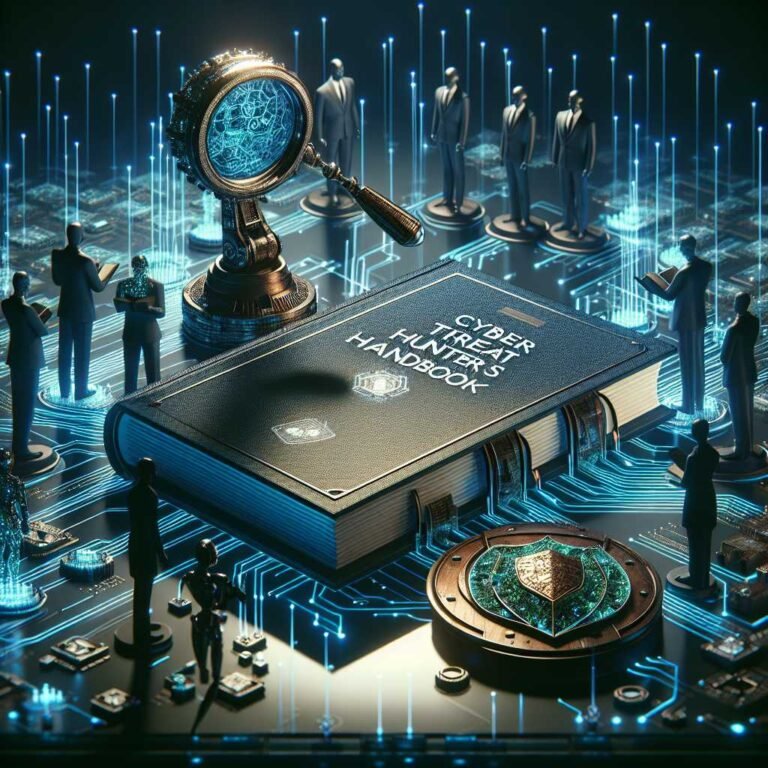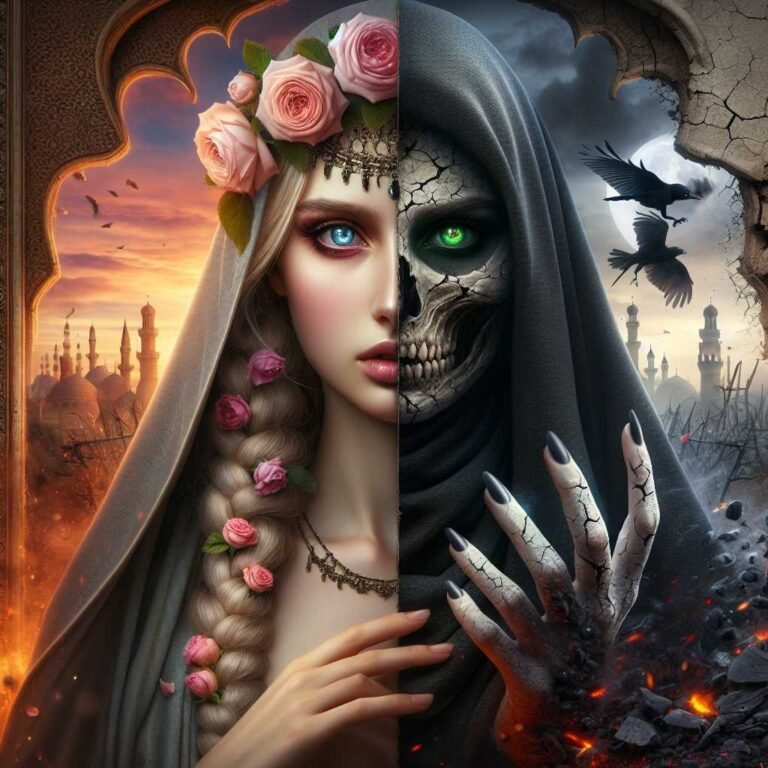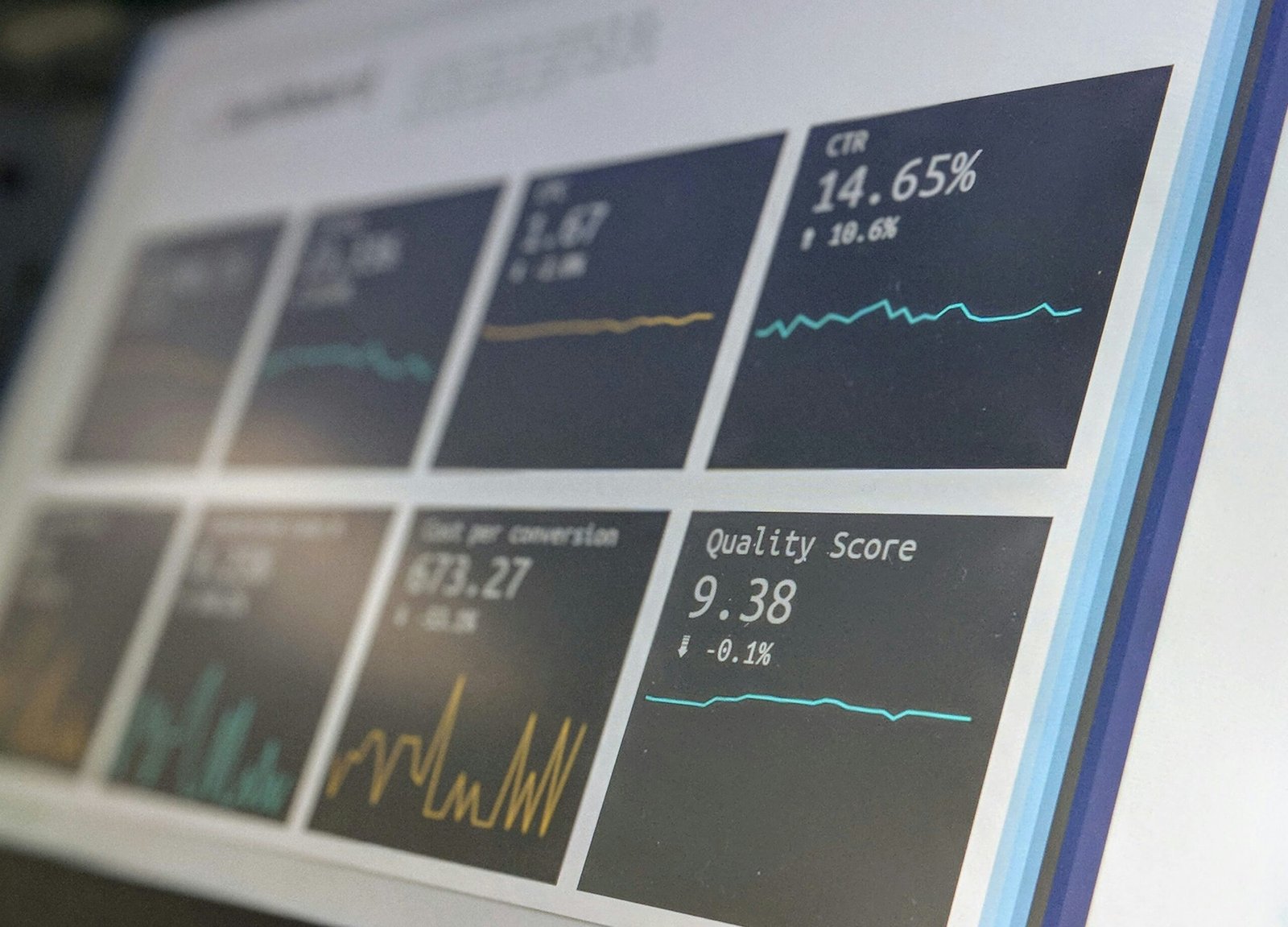The Bone Clocks (Kindle Edition) by David Mitchell: A Time-Bending Review, Themes, and Why It Still Resonates
What if your life’s timeline looked less like a straight road and more like a ring? That’s the itch David Mitchell scratches in The Bone Clocks—a novel that vaults from teenage rebellion to war reporting to a near-future unraveling, all while threading one woman’s life through a covert battle between immortals. If you loved Cloud Atlas or you’re curious about genre-bending fiction that actually sticks the landing, this is the one readers debate, underline, and recommend for years.
In this review, we’ll unpack what The Bone Clocks does so well: its kaleidoscopic structure, memorable narrators, speculative spine, and why the Kindle edition is often the smartest way to read it. We’ll keep spoilers to a minimum, but we’ll go deep on themes, readability, and who this book is perfect for. Along the way, you’ll also find tips to make your reading experience smoother—and a few pointers if you’re new to Mitchell’s “shared-universe” storytelling.
A Quick Summary (No Spoilers): A Life Spun Through Six Lives
The Bone Clocks opens in the 1980s with 15-year-old Holly Sykes, a runaway who hears voices she calls “the radio people.” A domestic blowup sends her wandering into the English countryside, where reality turns slippery and ominous. That “lost weekend” ripples outward, echoing across decades and into the lives of others who cross her orbit—a caddish Cambridge climber, a war reporter, a fading novelist, a doctor with an impossible past. The result is a tapestry of six interlinked sections that fuse domestic realism with gothic fantasy and polished, future-facing speculation.
You’ll encounter a secret war between two powerful, hidden orders. You’ll see the way ambition curdles into regret, how love knits across time, and how a society can quietly tilt toward collapse. Through it all, Holly is the emotional anchor: flawed, stubborn, and real. That’s why—even when the plot tilts into the extraordinary—the novel feels grounded. As the Los Angeles Times noted, Mitchell rises to meet his Cloud Atlas legacy; he’s writing on the edge without losing the human center.
Ready to start reading and see what the buzz is about? Check it on Amazon.
How Mitchell Structures Time: Six Voices, One Lifeline
Mitchell is a virtuoso of structure. Think of the novel as a spiral staircase: each section ascends in time and voice, yet circles back to familiar motifs—mirrors, debts, predation, second chances. The voices aren’t gimmicks; they’re portals. Each narrator widens the lens, refracts the core conflicts, and raises stakes for Holly.
- The effect: momentum. You don’t just want to know what happens next; you want to know how each worldview will collide with the larger war lurking at the margins.
- The payoffs: emotional. The novel’s big turns land because you’ve lived inside a chorus of imperfect, fully alive people.
If you’re new to Mitchell, this structure shares DNA with Cloud Atlas, but it’s more linear and more intimate. That balance is why readers who might shy away from “fantasy” often stick with this book—by the time the overtly speculative layer surfaces, you care too much to look away.
Holly Sykes: The Irreplaceable Anchor
Holly is the novel’s gravitational force. She’s the one you grow up with, argue with, forgive. Her arc—survival, motherhood, resilience—is the human thread binding the book’s heady ideas. Without Holly, The Bone Clocks might be a clever engine; with her, it’s a beating heart.
Here’s why that matters: when a book straddles genres, it’s easy to lose the reader in abstraction. Holly keeps us on the ground. Every surreal turn refracts through someone whose needs are basic and relatable—safety, love, belonging.
The Chorus of Voices: Ambition, Art, War, and Ethics
- Hugo Lamb: the charismatic opportunist whose charm doubles as camouflage for ambition.
- Ed Brubeck: a war reporter addicted to danger, wrestling with the ethics of bearing witness.
- Crispin Hershey: a novelist sabotaged by ego and literary politics, conveying bitter, hilarious industry truths.
- Marinus: a physician with an unusual condition who reframes the battle raging behind ordinary life.
Mitchell channels each voice with uncanny precision; critics often call this “ventriloquism,” and it’s on full display. For a sense of how the book’s range has been received, check out the praise from outlets like The Washington Post and NPR noting its wit, momentum, and ambitious cross-genre design.
If you prefer to highlight and switch narrators seamlessly, the Kindle edition makes it easy to mark recurring motifs and voices without breaking the flow—Shop on Amazon.
Themes That Hit Hard Today
Mitchell’s themes are as contemporary as a headline and as old as myth. He’s writing about:
- Time and mortality: “Bone clocks” is a human nickname—our bodies tick down. The book asks how we spend our finite hours.
- Predation and ethics: The secret war isn’t just fantasy lore; it’s a metaphor for how power feeds on the vulnerable, whether in boardrooms, war zones, or art.
- War and media: Through Ed Brubeck, the novel interrogates reportage, risk, and the personal cost of witnessing conflict.
- Fame, failure, and cultural cycles: Crispin Hershey’s sections mirror how attention economies reward then discard.
- Climate and collapse: The near-future arc sketches a fragile world fraying under resource strain and technological dependence—eerily resonant post-2020.
Let me explain why this mix matters. By braiding domestic realism with the extraordinary, Mitchell gives you two vantage points at once: what it feels like to live now, and where those feelings might lead us if nothing changes. That’s why the book remains relevant. For context on its critical reception and accolades, see year-end lists and nods from organizations like the Booker Prizes and the American Library Association.
“Literary” Meets “Fantasy”: Why the Genre Blend Works
Some readers hesitate when they hear “psychic phenomena” or “immortal cabals.” Don’t. The Bone Clocks is a Trojan horse of character drama. The speculative backbone is there to magnify the choices ordinary people make under pressure.
- If you’re a literary reader: you get line-by-line beauty, social observation, and layered motifs.
- If you’re a SFF reader: you get a fresh mythology, high-stakes conflict, and a meticulously designed world-within-our-world.
- If you’re both: this is catnip.
Mitchell’s trick is simple: he earns the surreal with the real. When the curtain lifts on the novel’s hidden war, it feels less like a new book starting and more like the same book deepening. For a snapshot of how critics frame this blend, you can skim coverage in The New York Times Book Review.
Is the Kindle Edition Worth It? Formats, Features, and Buying Tips
Short answer: yes—especially for a long, multilayered novel. Here’s why the Kindle edition is a smart pick:
- X-Ray and search make it easy to recall who’s who when narrators rotate.
- Adjustable fonts and dark mode reduce eye strain during long sessions.
- Whispersync (if you add Audible) lets you swap between reading and listening.
- Highlighting and notes shine with a book that rewards noticing echoes and callbacks.
- Portability matters: this is a sizable novel; Kindle keeps it light.
Buying tips: – If you’re new to Mitchell, Kindle’s sample lets you test the voice before you commit. – Audiobook pairing is fantastic for Hershey’s sardonic tone and Brubeck’s tense reportage. – Page count anxiety? Reading in sessions by narrator helps; Kindle’s progress markers keep motivation high.
Prefer to read digitally with these features at hand? See price on Amazon.
Who Will Love The Bone Clocks—and Who Might Not
You’ll likely love it if: – You enjoy character-driven stories with stylistic range. – You liked Cloud Atlas, The Thousand Autumns of Jacob de Zoet, or Slade House. – You want a big, “live in it” novel with something to say about our moment.
You might bounce off if: – You prefer a single, unbroken viewpoint. – You’re allergic to any supernatural element. – You want a thriller’s speed with zero digressions.
That said, many readers who “don’t do fantasy” still click with this book because the human stakes stay front and center. If you’re on the fence, sample the first section; if Holly grabs you, the rest will follow.
Curious to collect it for your next big read? Buy on Amazon.
The Mitchell-verse: Easter Eggs and Connections
Mitchell’s novels share a universe. Characters cross borders, motifs return, and timelines braid—a design he’s described in interviews with outlets like The Guardian. In The Bone Clocks, you’ll spot echoes and cameos that reward long-time readers without confusing newcomers.
- Expect a few names and places you’ve seen elsewhere.
- Themes of recurrence, consequence, and interdependence build across books.
- None of this is homework; it’s bonus content for the faithful.
If you want to map the connections after you read, the author’s official publisher pages at Penguin Random House offer helpful overviews.
Style and Voice: Why the Prose Pops
Mitchell’s sentences have snap. He can switch from barbed satire to lyrical tenderness in a paragraph, and he’s very funny when he wants to be. You’ll get:
- Crisp description that doubles as characterization.
- Dialog that reveals power dynamics without neon signs.
- Metaphors that surprise without elbowing for attention.
The novel is intensely quotable, but it’s the scene-by-scene vitality that keeps you turning pages. You’ll feel the cold of a Swiss mountain, the bleak glamour of a literary festival, the electric dread of a war zone, and the hush of a home at night when a parent checks on a sleeping child.
How to Read The Bone Clocks Without Getting Lost
A few practical tips that help first-time readers:
- Treat each section as a novella; then watch how they braid.
- Keep a small note (or Kindle highlight) of key names and affiliations.
- Let the metaphysical logic accrue; you don’t need to “solve” it early.
- Notice recurring motifs: debts, mirrors, bargains, voices.
- Pause at transitions to guess the next connection; it’s part of the fun.
If you like annotating and revisiting earlier hints, going digital makes those connections easier to spot on the second pass—View on Amazon.
Why It Still Matters
The Bone Clocks is not just clever; it’s compassionate. It asks what a life adds up to when systems—war, publishing, capitalism, climate—grind at the edges of our private joys. Its speculative fireworks are a way of getting at something quiet and urgent: what we owe each other, and what we’ll do to protect the people we love.
For additional context on its awards and reception, you can browse lists and citations from the World Fantasy Award and contemporary coverage in outlets like Slate. The consensus is clear: this is a big, risky, generous novel that earns its reputation.
Verdict: Should You Read It in 2025?
Yes—especially if you want a novel that makes you feel the rush of story and the ache of time at once. The Bone Clocks is ambitious but welcoming, imaginative yet intimate. Start it for the mystery, stay for the people, and finish it for the long, warm afterglow of a life that mattered.
If you enjoyed this review, stick around for more deep dives into genre-bending fiction and smart reading guides—subscribe to get the next one.
FAQ: The Bone Clocks (Kindle Edition)
Q: Is The Bone Clocks hard to follow? A: It’s expansive, but the structure is linear enough to keep most readers grounded. Switching narrators can be a challenge, but each voice is distinct, and the Kindle edition’s X-Ray/search helps.
Q: Do I need to read any other David Mitchell books first? A: No. Prior knowledge enriches the experience (you’ll catch cameos), but The Bone Clocks works as a standalone.
Q: How “fantasy” is it? A: The speculative layer is real and central, but much of the book reads like literary fiction—family dynamics, career struggles, friendship, and fate. The fantasy elements crescendo rather than dominate from page one.
Q: Is the audiobook good? A: Yes. The multi-voice narration mirrors the book’s structure and adds texture, especially for Crispin Hershey’s sections. If you like audio for character-driven fiction, it’s a strong match.
Q: How long is the book, and does it drag? A: It’s long, but pacing varies by narrator, and many readers find the variety energizing. If a section isn’t your favorite, the next often is.
Q: What are the main themes? A: Time and mortality, power and predation, love and loyalty, war and moral compromise, and the fragility of modern systems.
Q: Is it similar to Cloud Atlas? A: It shares a love of structure, multiple voices, and philosophical scope. The Bone Clocks is more linear and emotionally anchored by a single central character, Holly Sykes.
Q: Will I like it if I don’t usually read speculative fiction? A: Very likely. The human story leads. The speculative elements amplify the stakes rather than replace them.
Q: Does the Kindle edition include extras? A: Availability can vary by region and updates, but you can expect standard Kindle features like synced highlights, search, and reading progress. For specific region details, check your Kindle store listing.
Discover more at InnoVirtuoso.com
I would love some feedback on my writing so if you have any, please don’t hesitate to leave a comment around here or in any platforms that is convenient for you.
For more on tech and other topics, explore InnoVirtuoso.com anytime. Subscribe to my newsletter and join our growing community—we’ll create something magical together. I promise, it’ll never be boring!
Stay updated with the latest news—subscribe to our newsletter today!
Thank you all—wishing you an amazing day ahead!
Read more related Articles at InnoVirtuoso
- How to Completely Turn Off Google AI on Your Android Phone
- The Best AI Jokes of the Month: February Edition
- Introducing SpoofDPI: Bypassing Deep Packet Inspection
- Getting Started with shadps4: Your Guide to the PlayStation 4 Emulator
- Sophos Pricing in 2025: A Guide to Intercept X Endpoint Protection
- The Essential Requirements for Augmented Reality: A Comprehensive Guide
- Harvard: A Legacy of Achievements and a Path Towards the Future
- Unlocking the Secrets of Prompt Engineering: 5 Must-Read Books That Will Revolutionize You







